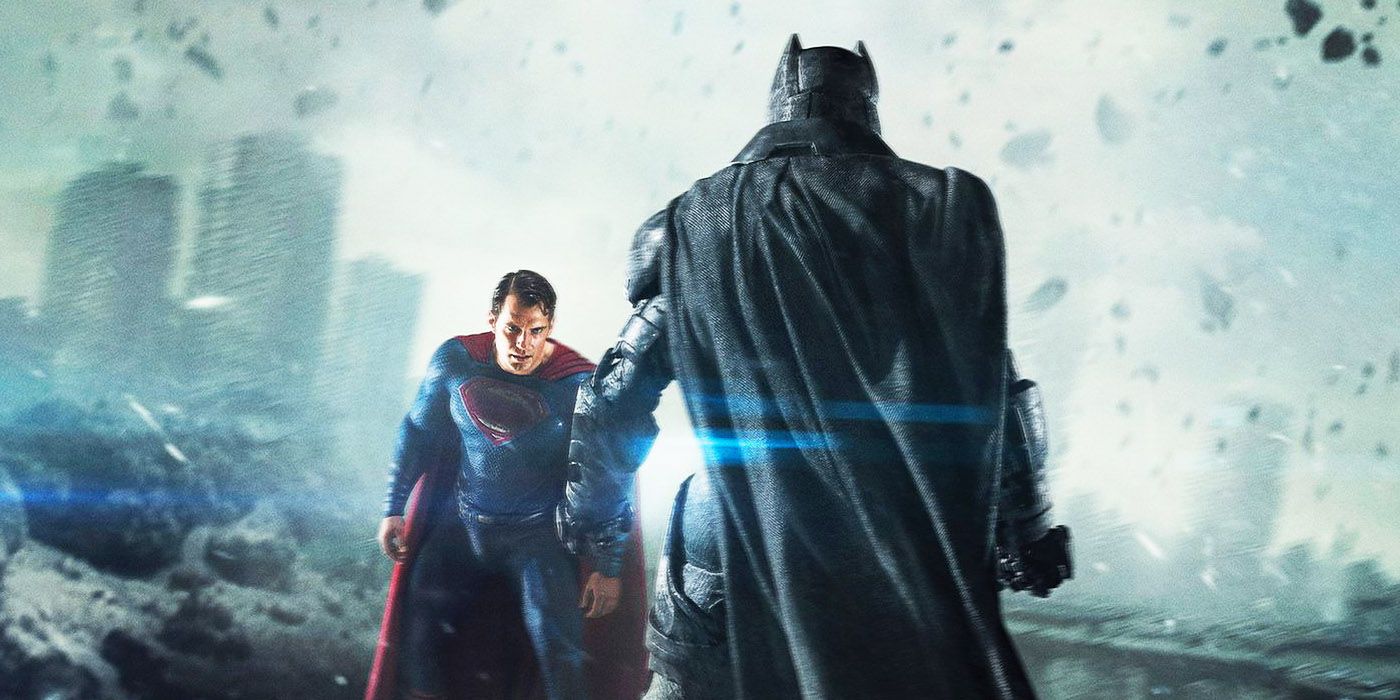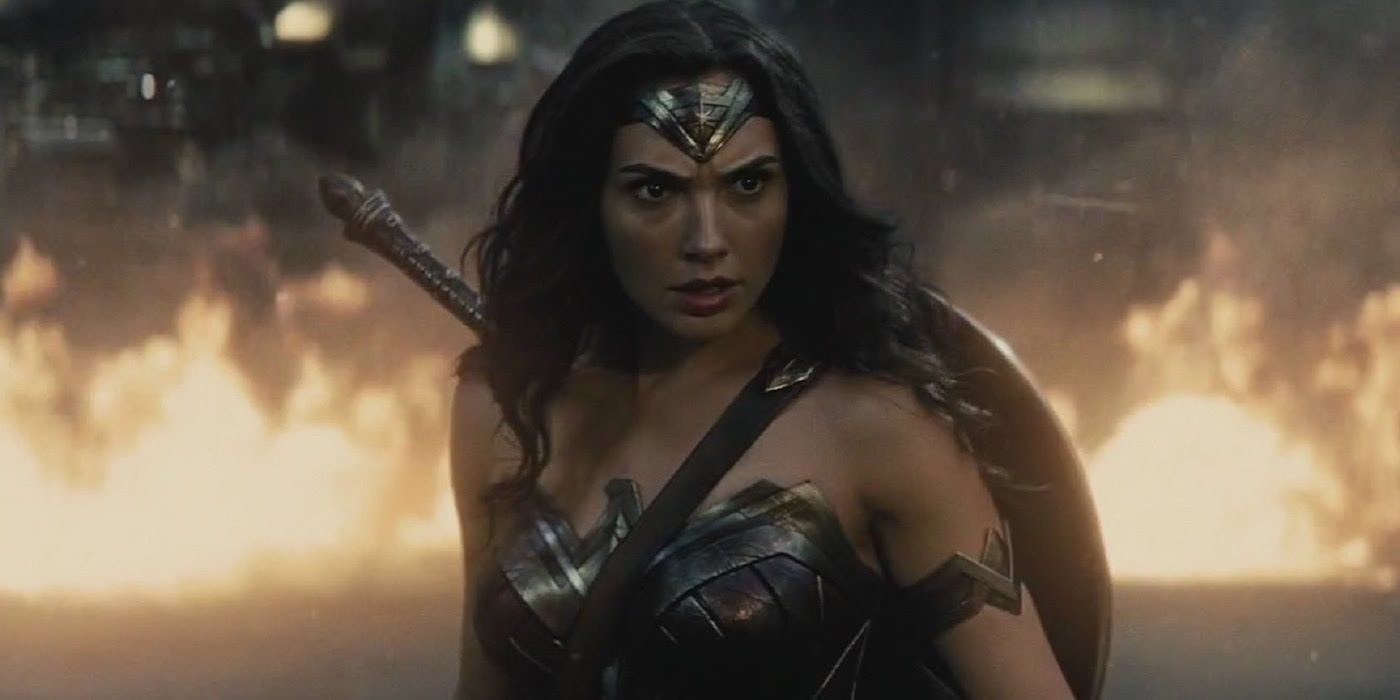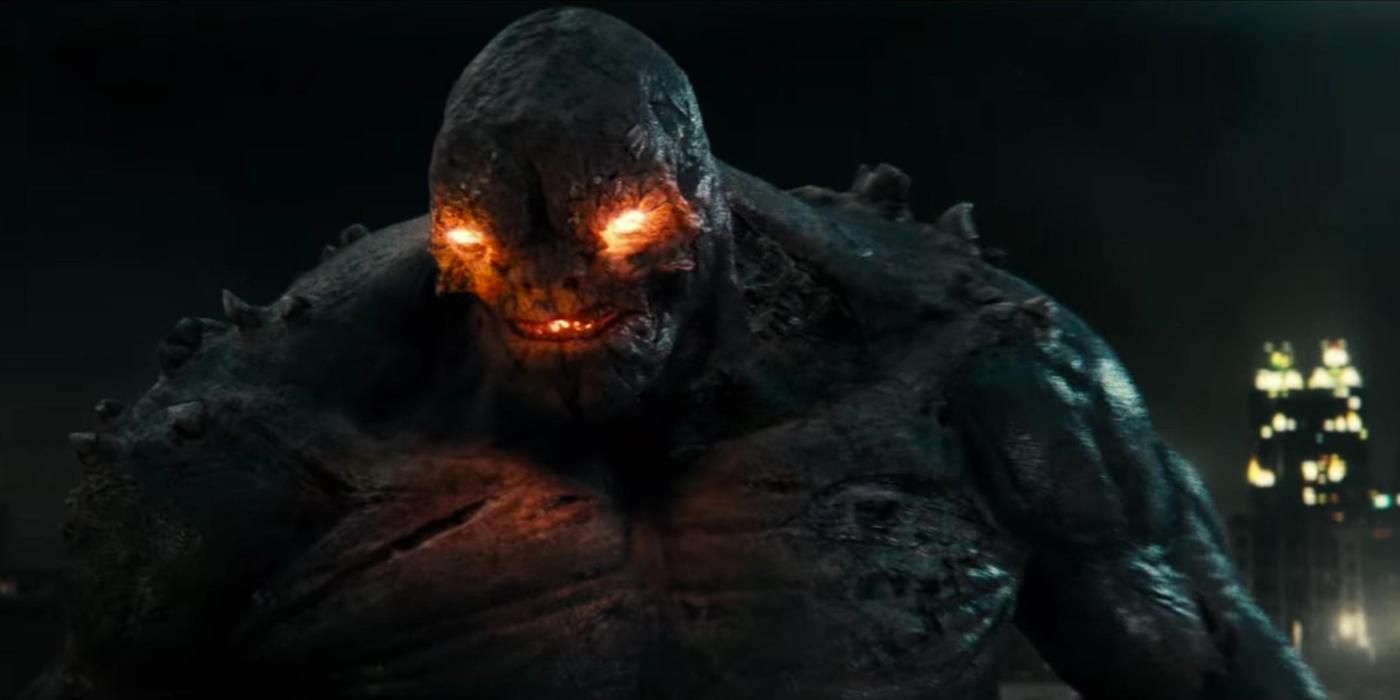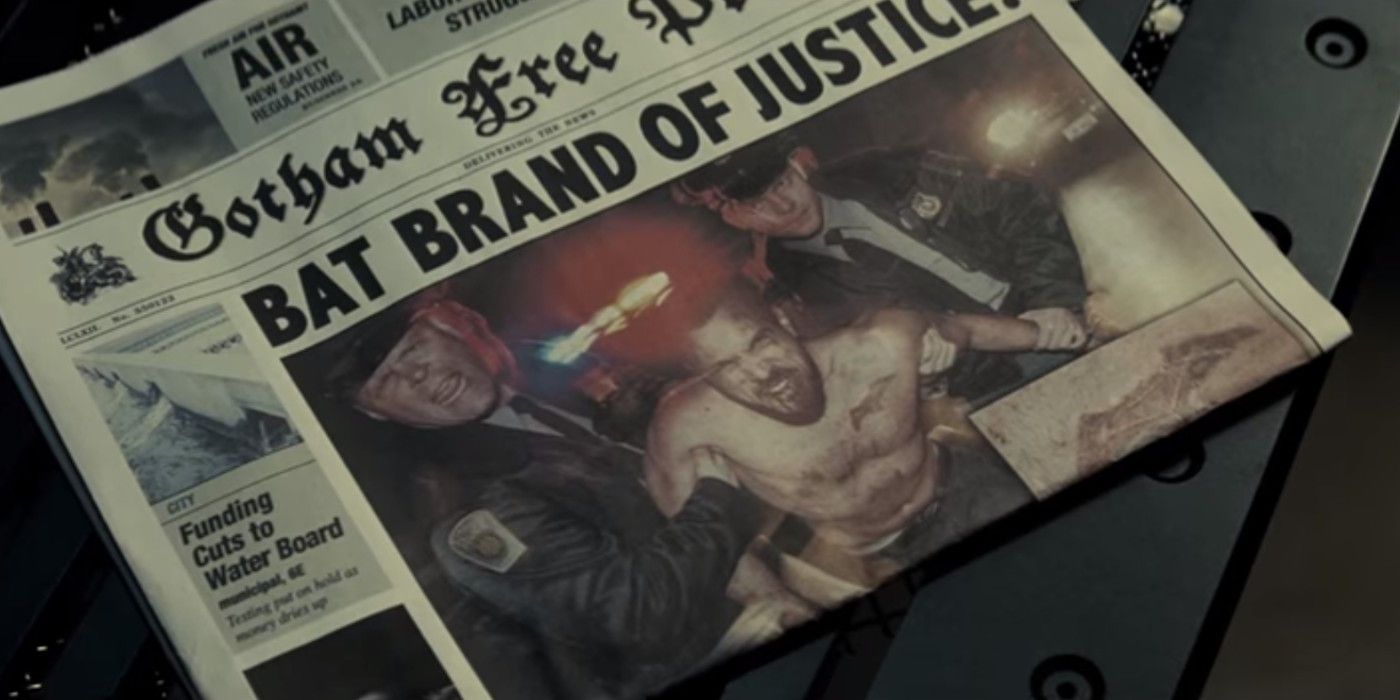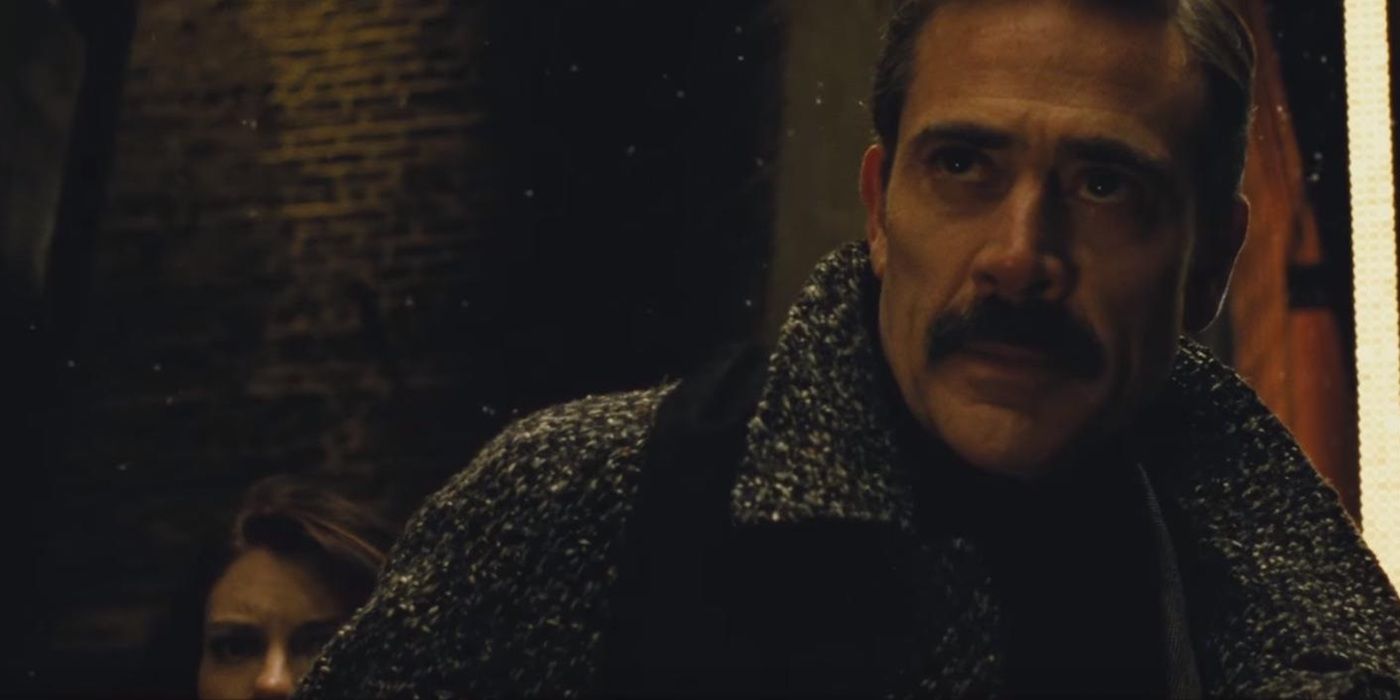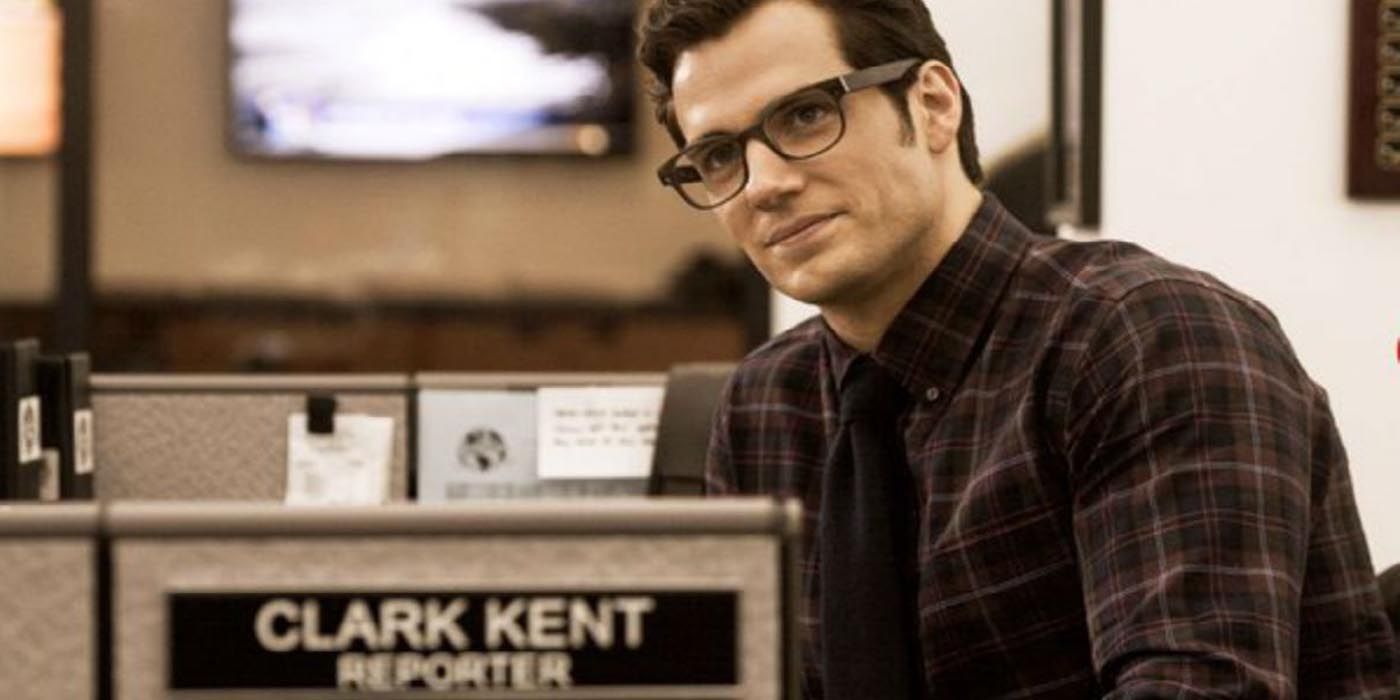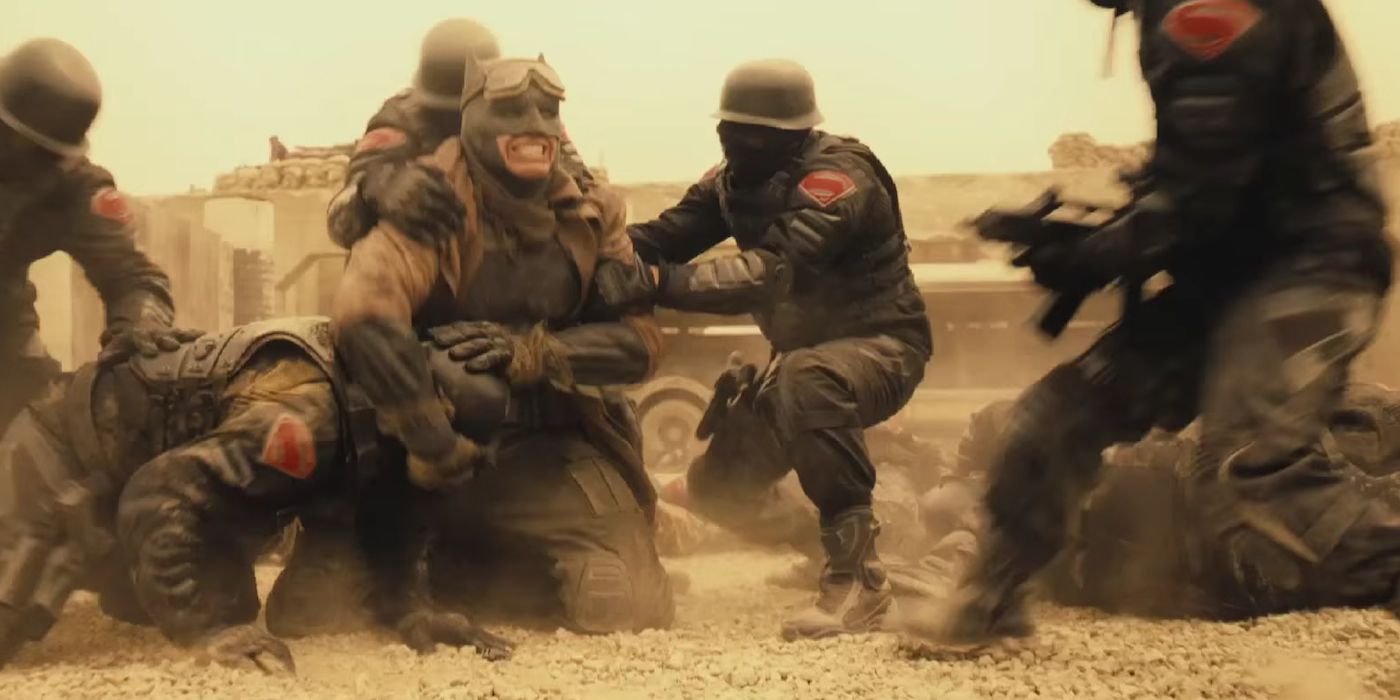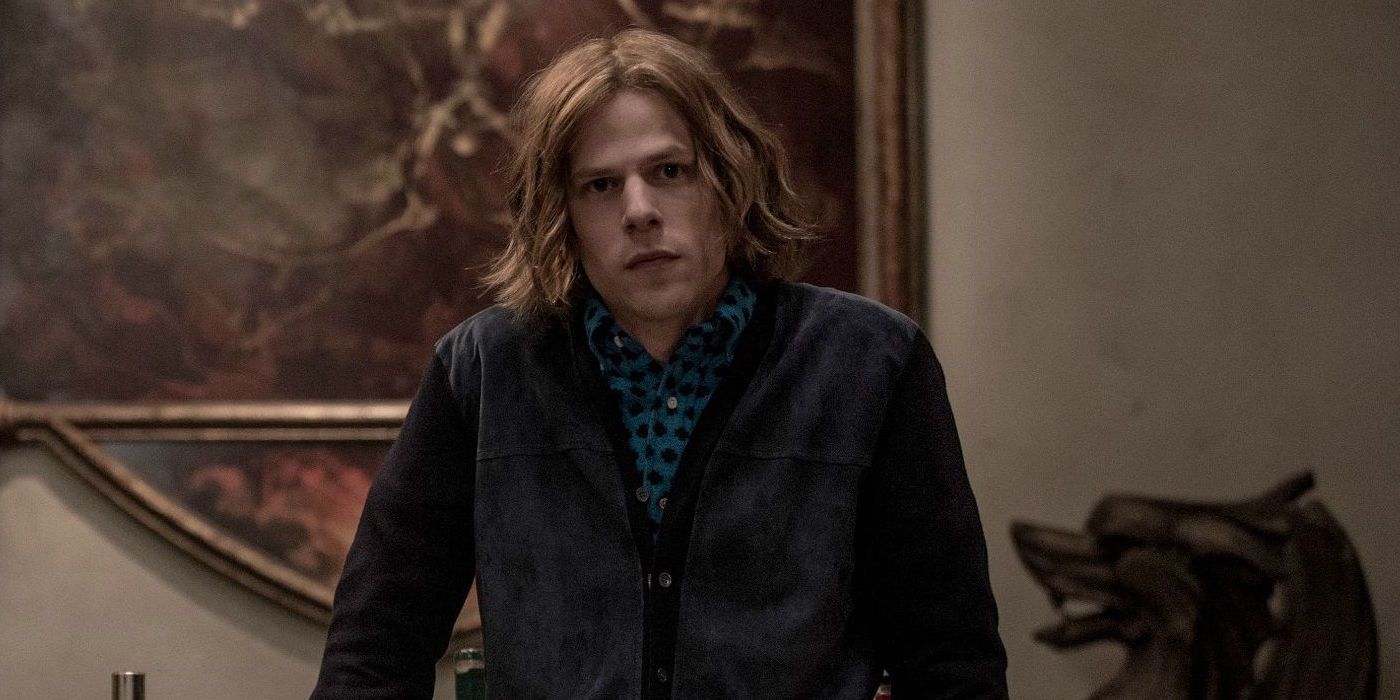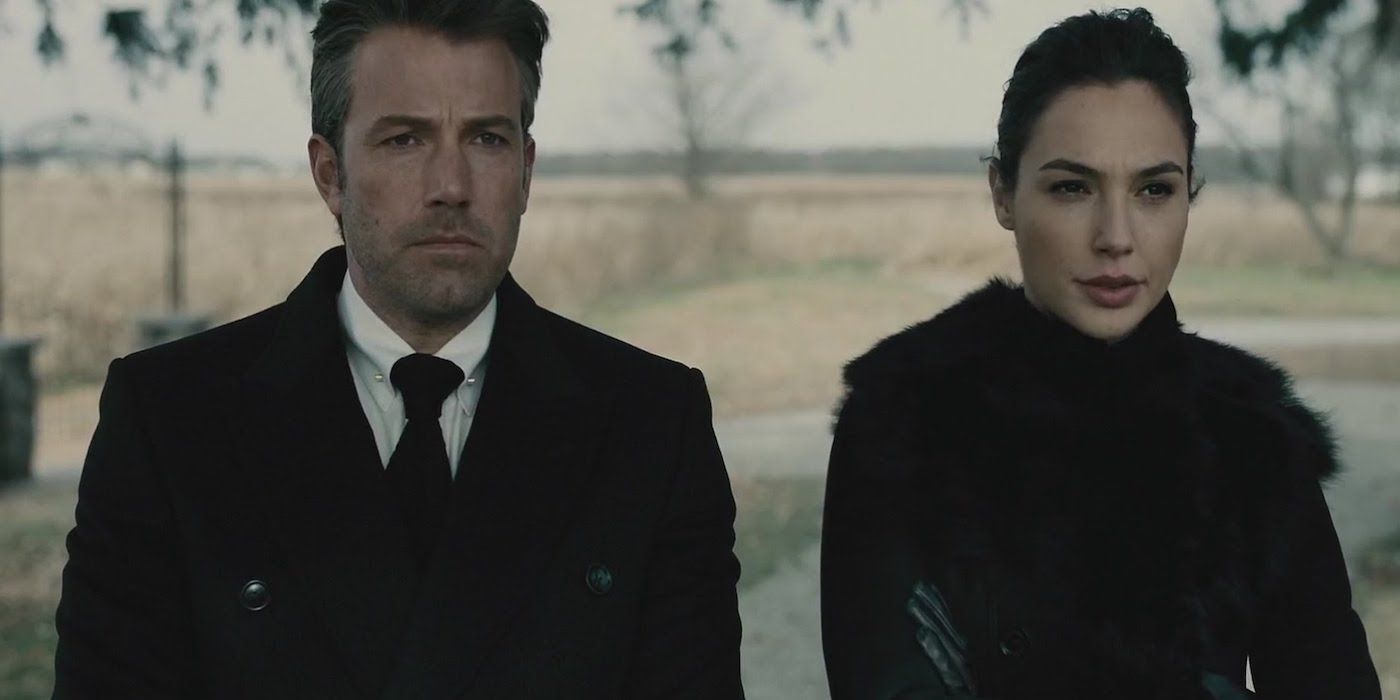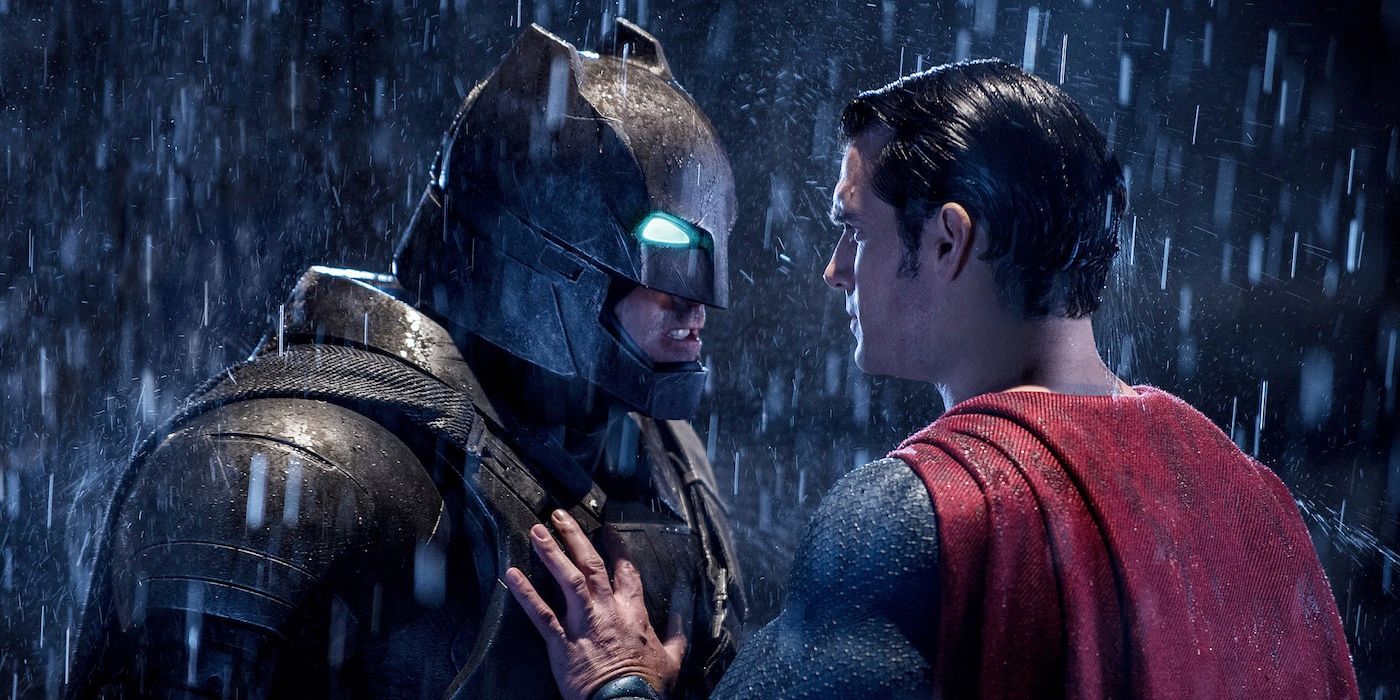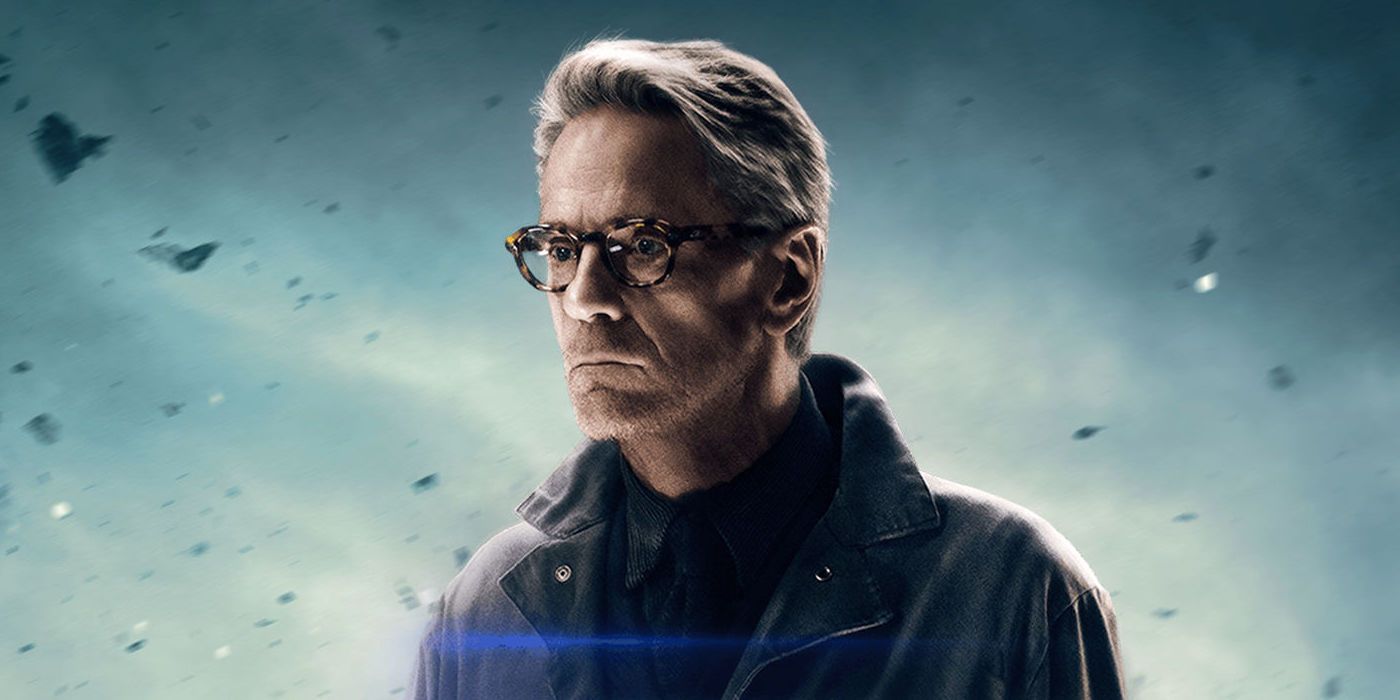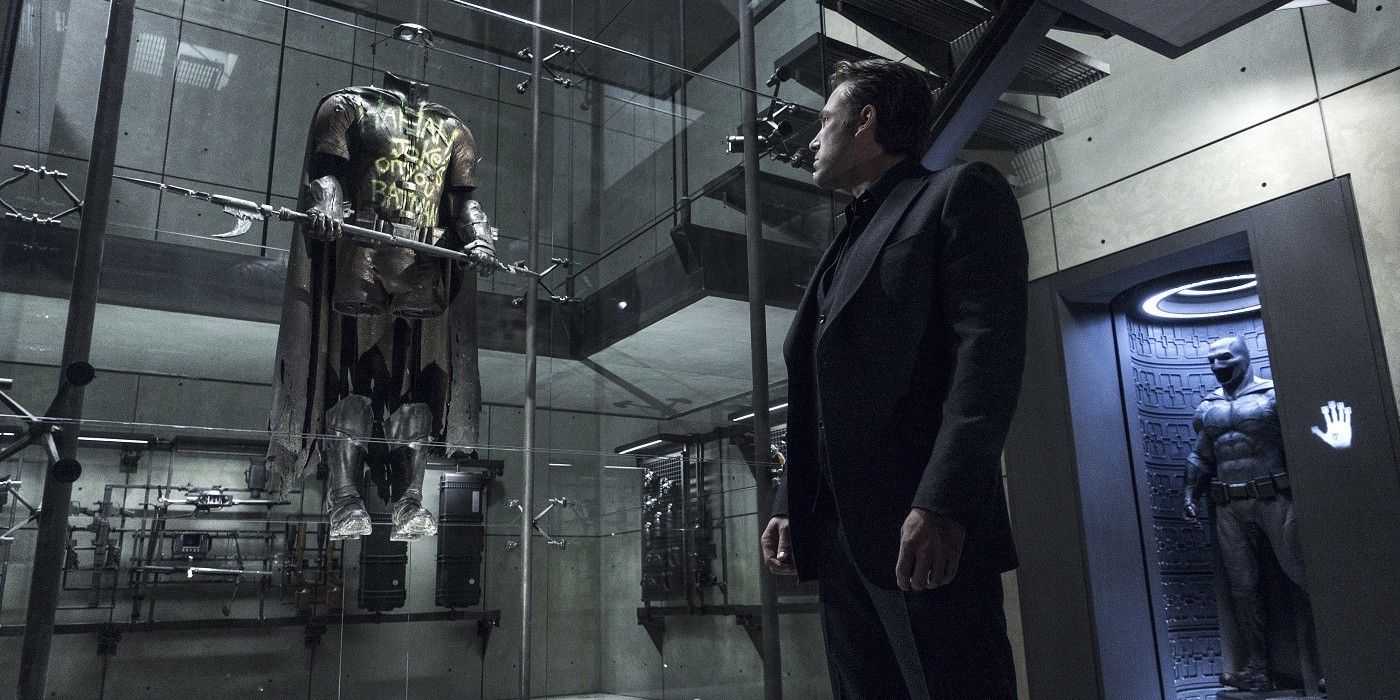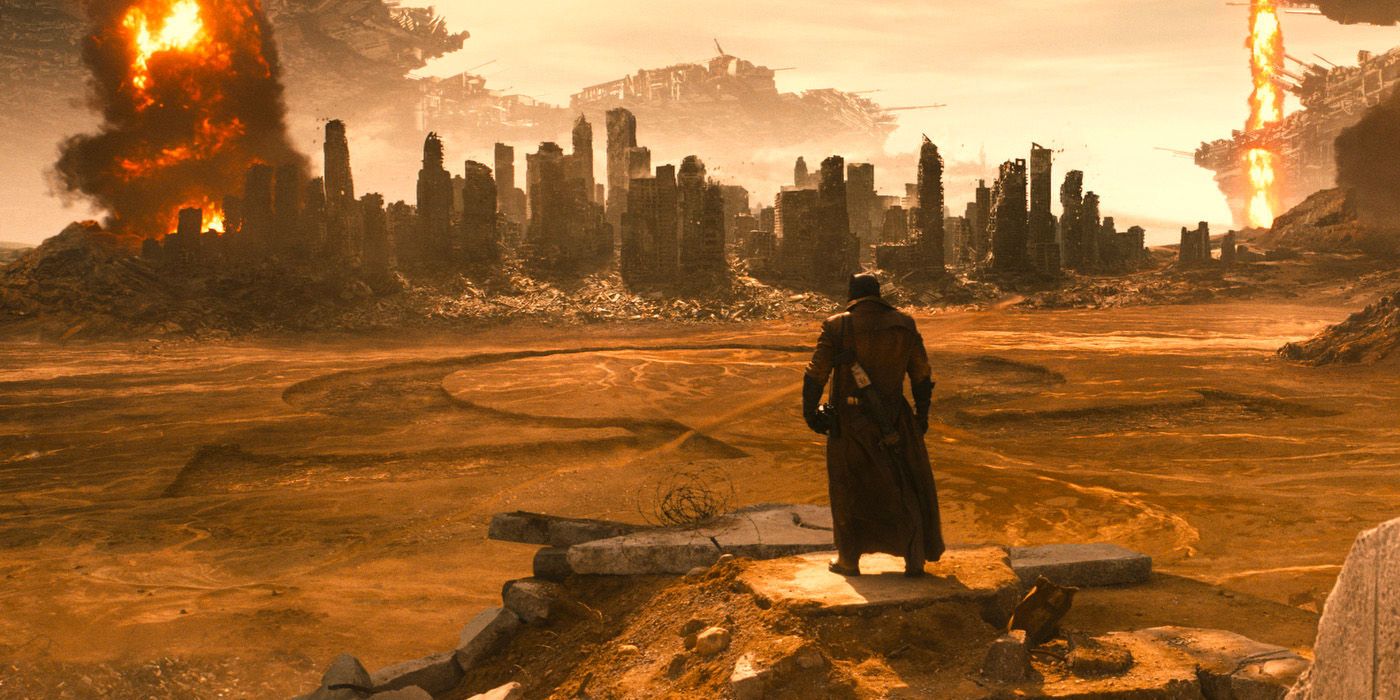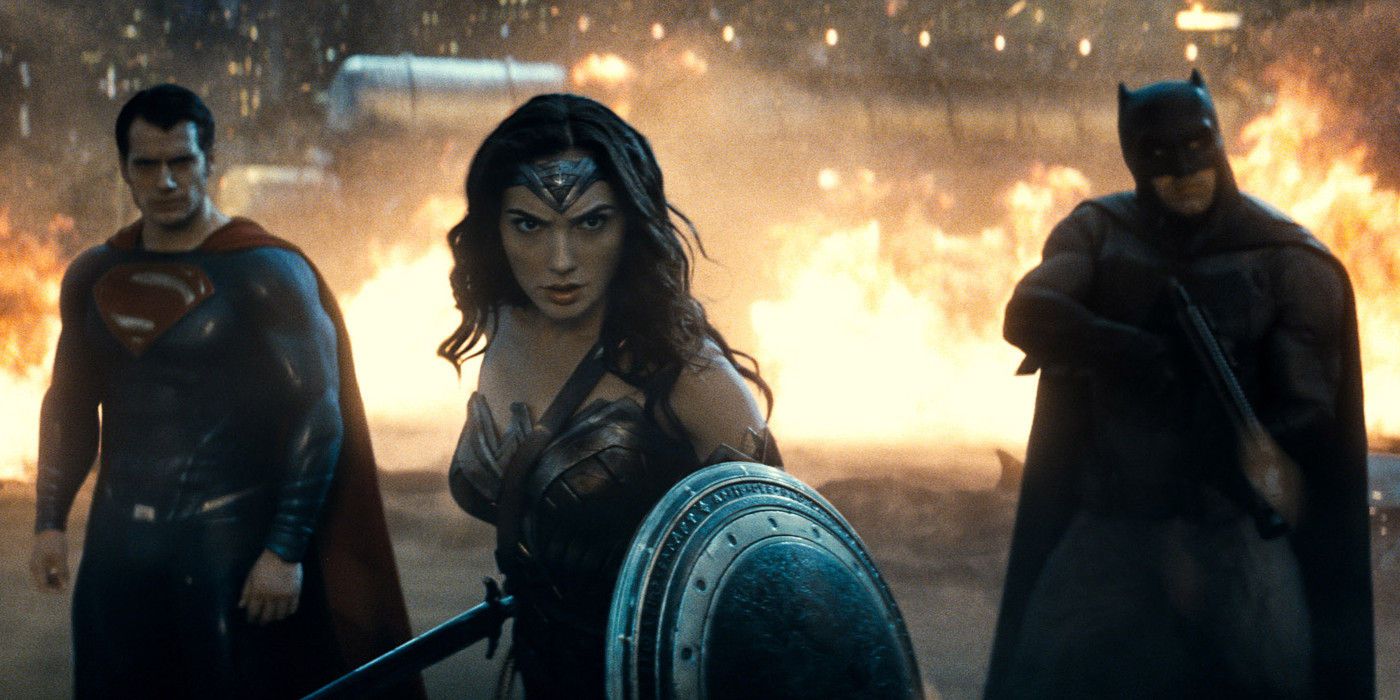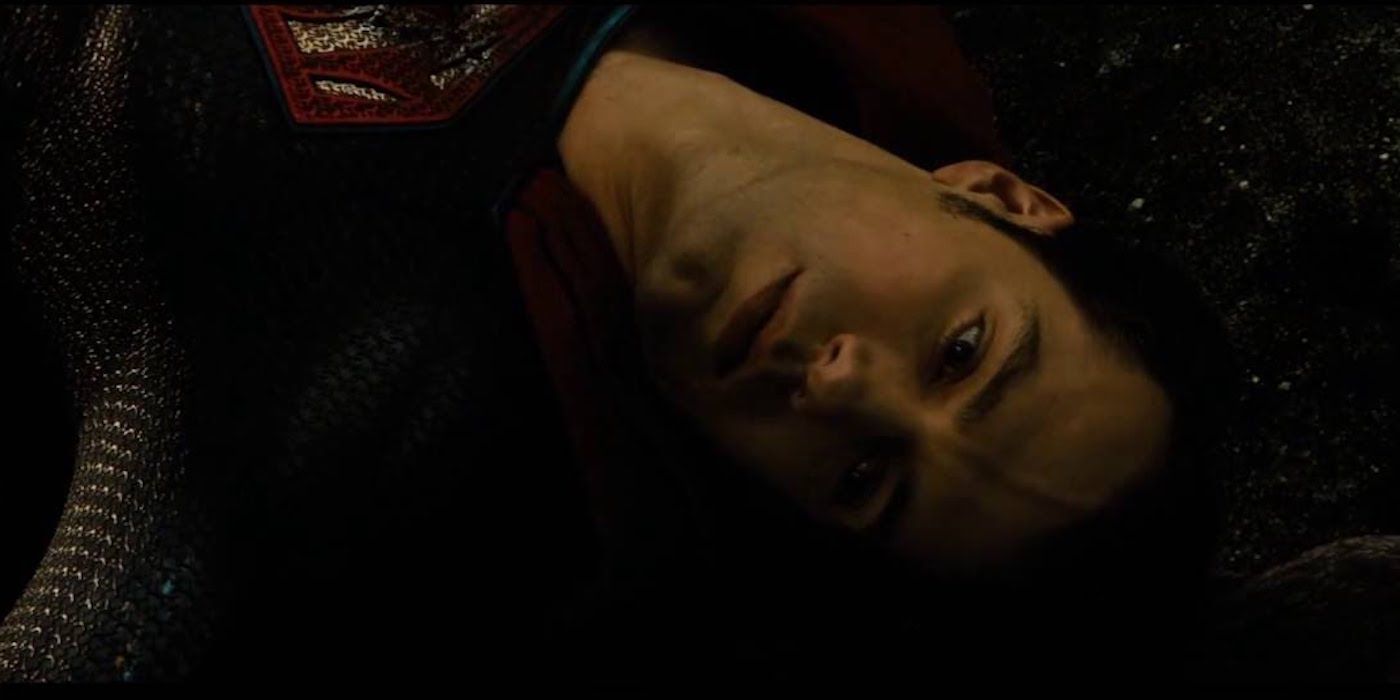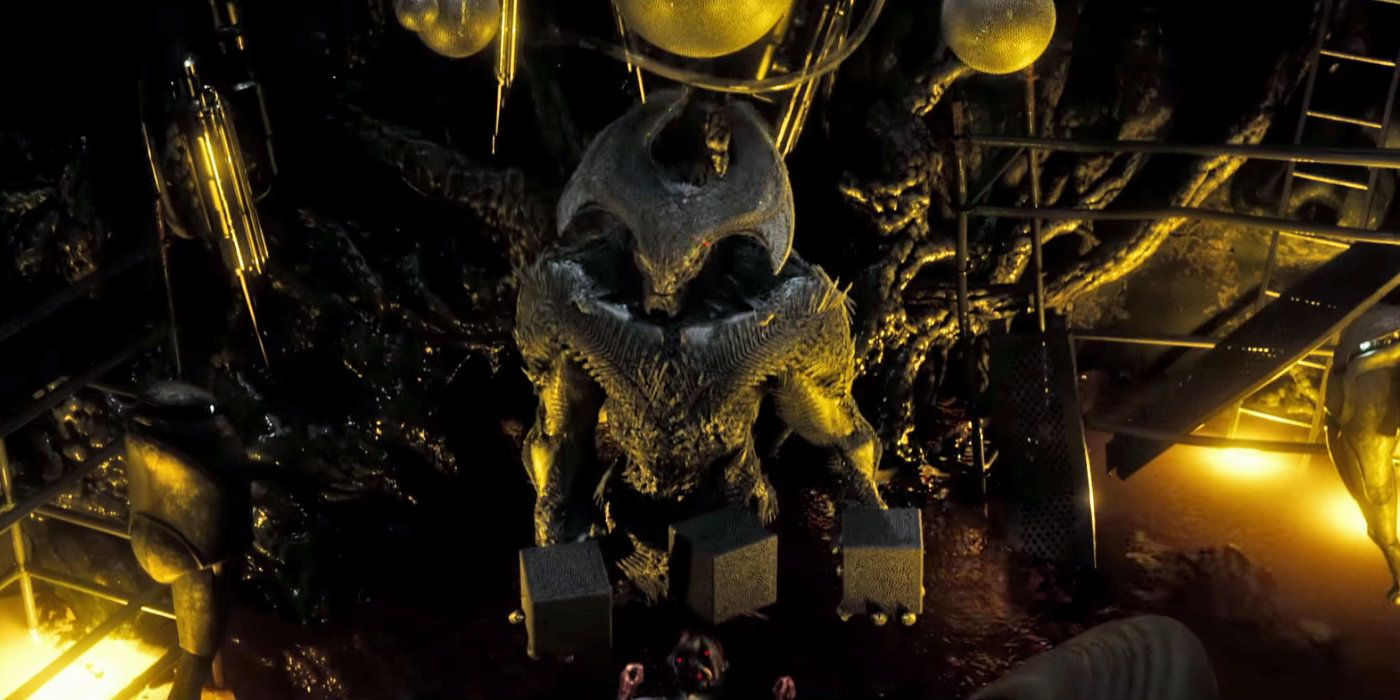Zack Snyder's "Batman v Superman: Dawn of Justice" is one of the most polarizing comic book movies to date, as it continued the story he crafted in "Man of Steel" to bring DC's heroes to the big screen once more. Many fans, however, saw the feud between the two heroes as unnecessary and as a rushed story just to facilitate the creation of the Justice League.
RELATED: Suicide Squad: 15 Reasons Why It Didn’t Suck
While the cast was crowded, and quite a few plots were crammed into one, culminating with the "Death of Superman," there are still quite a few positives to be garnered. Despite the Razzies the film landed, it truly was a superhero throwdown and comic blockbuster of the most epic scale, albeit a grim and dark one. Taking into account how much of an event the film felt like it was ripped from comic pages and brought to cinemas, CBR decided to look at 15 reasons why criticisms of "BvS" were a bit harsh.
SPOILER WARNING: Major spoilers ahead for Batman v Superman: Dawn of Justice
15 WONDER WOMAN
"BvS" had a stacked ensemble; the reason for this was that they were angling for Doomsday in the movie's climax. Zack Snyder and Geoff Johns were also responding to Marvel Studios and their Avengers shenanigans by grinding out their Justice League ahead of Darkseid's invasion. With so many factors to take into account, it was clear that Wonder Woman's appearance would catalyze both of these points; at least that was the thinking.
She joined Batman and Superman to form the DC Trinity of heroes and take down Doomsday, because it was apparent Superman couldn't fight the creature on his own. As for the League, she proved crucial to placing a spotlight on the existence of other potential superheroes for Bruce Wayne's team. Despite arriving as an established Amazon warrior on the field of battle, Wonder Woman was used smartly in moderation. Snyder merely teased her past ventures into the world of man, and kept her Themyscira origins properly shrouded for when Patty Jenkins unleashes Diana Prince's solo movie later this year.
14 DOOMSDAY
Lex Luthor was responsible for creating this behemoth, as he conducted his own experiments on the body of Zod (from "Man of Steel") using the genesis chamber from a fallen Kryptonian ship. The ensuing aberration had all of Superman's powers (and then some), taking Kal-El to the limit. Even Batman's keen strategic mind and weaponry proved futile. Snyder then threw Wonder Woman in to level the playing field, and what ensued was at least 40 minutes of pure, unadulterated geek glee. DC's Trinity went toe-to-toe with Doomsday in a crazy fight that saw massive destruction.
However, Snyder learned from his "MoS" flick and took the clash of these titans away from civilians. The Doomsday battle unfolded similarly to the comics, with a major casualty (or two), but prior to that, we saw Wonder Woman and Superman cut loose like never before. It was monstrous and a grand spectacle filled with fight sequences that truly did the books justice, and showed how big Snyder's vision was. It was clear that he believed in going big or going home.
13 DISTRUST OF CAPES
In "MoS," we saw that the government was wary of the Kryptonian threat, even Superman, because they were gods among men. "BvS" took things one step further when Superman and Doomsday were nuked. It may have been a last resort but the government's distrust of capes continued to grow with all the collateral damage being accounted for as Superman fought for Earth. Doomsday may have been Lex's brainchild, but watching him duke it out with the Trinity was causing too much havoc.
This fear of capes was earlier reflected when Superman went on trial after being framed for murder by Lex, and later in "Suicide Squad" where Amanda Waller was chairing a motion for the government to start assembling their own metahumans (which may well eventually clash with Batman's League). In Snyder's last story, it was very clear that capes were not viewed in a good light, with the press vehemently against Batman. His brand of violent vigilante justice did him no favors, and this was obvious when the cops shot at the Dark Knight, compounding that the world just doesn't believe these heroes are the real deal.
12 BATMAN'S ORIGINS
Thanks to "BvS," we won't have to sit through another Batman origin story anytime soon. With Matt Reeves now helming the Caped Crusader's story, he can dive right into the thick of things instead of rehashing how Bruce became Batman, a la Christopher Nolan or Tim Burton's movies. We've seen different takes on the origins so many times in a plethora of comics, cartoons and animated films, so it was a breath of fresh air to find Batman already established and kicking ass.
Snyder quickly flew through the murder of Thomas and Martha Wayne (which was integral to resolving the conflict with Superman) with a young Bruce as witness. It was done in slow-motion, very dramatically, and stuck to the comic lore of the family leaving the theatre in an alley. With that out the way, and the effect it had on Bruce super obvious throughout, we don't have to revisit that trauma and angst again. We all know what transformed and motivates Bruce, so it was a smart move by Snyder to get on with the show.
11 HUMANIZED SUPERMAN
"MoS" was a movie about self-discovery. It focused on Clark Kent becoming a superhero and understanding his heritage under the banner of El. "BvS" found him a bit more mature and exploring this new dynamic, while giving his all to help humanity globally. What was very clear was that we saw him smiling often, concerned with mankind more (as seen with his interest in stopping the brutal vigilantism of Batman), and being more of a flower-bringing lover to Lois.
The preceding film dealt a lot with him as a son, but now Snyder focused on him as a man. He isn't perfect, typified when he brashly rescued Lois from terrorists, or when he came to blows with Batman, but we saw Clark really trying, which counts for a lot. We also saw his mother, Martha, advising him to put himself first, and not humanity all the time. It came to a tearjerking head when we watched her present Lois with a wedding ring Clark had for her, which came too little, too late in the midst of tragedy at Doomsday's hand, proving he really was human at heart.
10 BATMAN FIGHTS
The Batman fight scenes in this movie were unlike anything we have ever seen with the character on-screen. Snyder gave us a fluid and exhilarating array of choreographed action sequences that felt like the "Arkham" video games. Whether it was Ben Affleck fighting gangsters in warehouses, taking on Superman in the rain, or tussling in the dessert against a cult and parademons, we saw a mobile and Batman executing swiftly.
Batman cut loose with a vast array of gadgets and weapons, but what stood out was that he felt like a true martial artist, and not the brawler which we got from Nolan and Christian Bale. He also used his surroundings to his advantage to ensure that all aspects of Batman in combat were fully covered. What also made this Batman so enjoyable was that he knew when he was out of his depth, as when Doomsday squared off against him, which further enforced that Snyder had a good grasp of how to use him as a military strategist at the right times.
9 A FRESH LEX
Jesse Eisenberg was an intriguing choice to play Lex, one which fans met it with skepticism. To this day, quite a few still don't know what to make of his portrayal. Kudos must be given to Snyder, however, for for at least trying something new, breaking away from the mold that Gene Hackman and Kevin Spacey laid down in their wacky depictions. Say what you will, but Eisenberg took the character for a quaint yet megalomaniacal turn. This was a fresh Lex, filled with more modern idiosyncrasies, but still brutally driven, as seen with his kidnapping of Martha Kent.
We saw his menacing side when he incinerated Superman's trial and his own henchwoman, Mercy. He was intimidating but in a nervous way, reminding us a bit of what Grant Morrison wrote in "All Star Superman," though without his physicality, obviously. His speech against Superman, which more or less told him to go after Batman, plus the strings he pulled to get both to fight, showed that even if his disposition wasn't as sinister as Michael Rosenbaum on "Smallville," he still knew how to scheme and bring down the world's finest.
8 BATMAN FINDS THE LIGHT
Batman's arc, and his overall transition in this film, deserves to be praised. Initially, he was seen as a vigilante who wanted to inflict fear into criminals, taking it one step further by branding them. This was much to the dismay of Clark, but Bruce was too cynical to care. This was further evident when he ignored Alfred's advice and continued his war on Superman. However, after showing compassion and realizing Superman wasn't the enemy, it took a heavy battle with Doomsday to really punctuate how genuine the Kryptonian was.
By the movie's end, Bruce was more optimistic and started to believe in the age of heroes, in the wake of Doomsday and a murderous rampage. Batman saw self-sacrifice and yet again, things were illuminated as he realized he needed to be better, especially after hints of Apokolips started appearing. His encounter with an incarcerated Lex, and his vision of Flash and a dystopian world, all moved Bruce to work with Wonder Woman to start building the League for what's to come because he accepted that leaders were needed now more than ever.
7 SHADES OF GRAY
"BvS" did a great job of not alienating either fanbase belonging to Batman or Superman, at least in relation to each other. From the script's perspective, both had just reason to behave the way they did. Batman wanted a Kryptonite arsenal in case Superman ever went rogue, because he knew there wasn't much that could stop such a godlike entity. He was also cautious that Superman was deceiving mankind, which made sense, given that he was right about Lex's intentions in the film too.
Superman, on the other hand, was making amends for Zod, trying to make the world a better place, and found that Batman's harsh style of justice would only breed more criminals. He wanted to clean up the streets and saw Batman as a reckless player in his ambition for justice. The philosophies of both clashed hard, and maybe they should have discussed a bit more before Batman threw the first blow. At the end of the day, though, we can all agree that superheroes and conversation don't often mix the right way, let alone right away. Both men had egos and were trying to do right at the end of the day.
6 ALFRED
All film and cartoon interpretations of Alfred paint him as a docile butler and father figure. He raised Bruce, so it's clear why he's always there giving advice and tending to his wounds. However, Snyder decided to take the lead from Geoff Johns' "Earth One" books, and utilize Alfred in a more practical role. Jeremy Irons' spin on the character was more of a tactical strategist and came off aggressive in how he dished out wisdom.
His snark factor was higher as it wasn't even about a master and his servant. Alfred came off more like a partner. This was a breath of fresh air because watching Alfred bring Bruce food and drinks, and offer poetic speeches did get a bit old under Michael Caine. Irons was raw, rugged and real, and with Bruce being a loner here, his impressions stuck and stung more. This Alfred resonated deeply because he showed himself up as a huge asset to Batman in the field of battle. he also called Bruce on his nonsense, while maintaining the aura of a mentor and guardian.
5 ROBIN
Fans of Jason Todd yelped with delight when we saw Bruce looking up at a defaced Robin costume, spray-painted with the taunts of the Joker. That had fans already pointing to it as that of the fallen Robin. In "A Death in the Family," Joker controversially beat Jason to death with a crowbar, and this scene from Snyder appeared to indicate just why Bruce had seemingly gone over the edge in "BvS."
The director would later confirm that the costume was indeed that of Jason, but to this day it's vague as to how or when the former sidekick will factor in. Fans are hoping it'll be in flashback with Jared Leto's Joker, or that Matt Reeves will use him as the Red Hood vigilante later on. Either way, what made this scene so great was that it added a lot of context to the emotional turmoil Bruce endured in his past, and highlighted how he never put those demons or failures to bed.
4 DARKSEID
Props must be given to Snyder's team for not jumping the gun and showing Darkseid too soon. They hinted at him in Bruce's vision, teasing the Omega symbol in a post-apocalyptic world. The mystery deepened when Bruce encountered Lex, who was ranting in jail, hinting of the dire circumstances ahead. Notably, the creative team did well not to make the same move Marvel Studios did with Thanos.
Joss Whedon dropped the villain in "The Avengers" post-credits and since then, they've been dragging out his appearances and influence on the galaxy. DC's approach, on the other hand, is to hold onto their big baddie, and reveal him at just the right time. This makes sense given they jumped straight into Justice League mode and have a lot of heroes, and affiliated villains, to unravel in the meantime. In the future movies, whether it's his red eyes or another burning Omega symbol, Snyder knows that subtlety will be a key ingredient, prepping us for when they eventually debut this prominent villain.
3 THE JUSTICE LEAGUE
By the time "BvS" wrapped, it was clear to Bruce that he needed help if he was to safeguard the planet. Doomsday nearly broke them and the collateral damage was tremendous, weakening Earth's defenses greatly with Superman falling in battle. With Bruce aligned with Wonder Woman and back to the lighter side of being a hero, he realized that there was a darkness coming (as Lex informed) and he needed backup to shield Earth.
This led to him asking Diana to help start the Justice League recruitment, with Flash, Aquaman and Cyborg already on his radar (which would be explored later in "Suicide Squad"). Bruce was now fully aware of otherworldly threats and he knew that if Doomsday was just a taste of what could possibly come, he needed more than capes and vigilantes. "BvS" was all about Batman wanting godlike entities, fighting for good on his team, because as Superman showed him, there was hope outside of humanity and this made Bruce ready to trust in such individuals again.
2 DIDN'T FEAR THE REAPER
"BvS" certainly felt like the stakes were always high and Snyder took a bold step in how he approached death. At the end of the Doomsday finale, Superman lost his life, impaled by one of the monster's protruding bones, and just like in the comics, we dove into the "Funeral for a Friend" arc. It was a sacrifice that restored Batman's hope, even though we know the Kryptonian's coming back for the "Justice League" movie.
His death being temporary isn't an issue, but its symbolism is... in a positive way. Snyder needed a torch to show the DC filmverse that they needed to believe in heroes, especially with Apokolips' forces imminent. The same could be said for the undercover CIA operative, Jimmy Olsen, who Snyder killed off early on. It was a resounding blow for someone comic fans have an affinity for, but it reminded us that it's a war that's coming and that camp has no place in this gritty universe. Casualties happen, and we better learn to deal with them.
1 APOKOLIPS
While Marvel Studios is building Thanos' arrival over the course of several films, DC's approach is a more condensed one, and "BvS" found itself packed with crucial information as to what looms over the horizon. Bruce's vision not only showed Darkseid's Omega symbol, it also displayed his parademon army attacking viciously. Cyborg also made a cameo, being formed from a Mother Box (which acts as an intergalactic transporting device) and could shape him as the gateway to the galaxy for the League.
The Mother Box popped up again in a cut scene that showed Lex interacting with Darkseid's general, Steppenwolf, with three of these devices visible. This meeting left Lex mentally and visibly shaken, which he ranted about to Batman in prison, warning of the terror to come. These all pushed Batman to partner with Wonder Woman and start assembling the League, because as we saw, not just in this cut, but in the director's cut as well, the gears are grinding pretty quickly and all arrows point towards Apokolips' invasion.
Let us know in the comments what redeeming factors you found in BvS!

